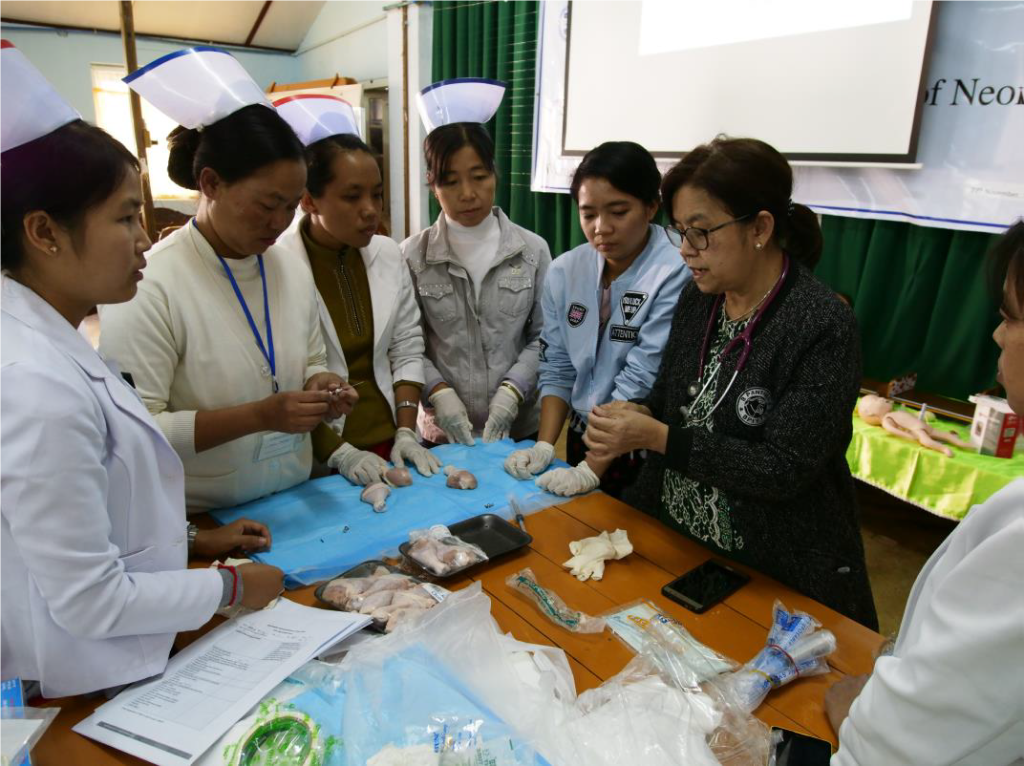Shan State, Burma – “This is a very urgent situation, and time is so precious,” Dr. May Hnin Cho said.
She was right. The young doctor had recently completed training to rapidly diagnose and manage childhood illnesses, and today it would pay off. One-year-old Khun Myat Kaung Khant had arrived at her facility – Taunggyi Women and Children Hospital in Southern Shan – and was in shock from severe fluid loss.
The boy had been suffering from diarrhea for two days, his parents, said. He was drowsy, cold and his extremities were clammy. By the time he arrived at the hospital, he was also convulsing. His parents begged Dr. Cho to save his life.
Thanks to MCSP’s facility-based Integrated Management of Newborn and Childhood Illness (F-IMNCI) training, Dr. Cho could tell that Khant was in shock. “We need to act very quickly to save the boy,” she said.
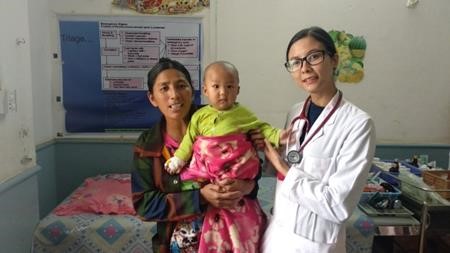
Developed by the World Health Organization and UNICEF, F-IMNCI is an integrated strategy to child health focused on strengthening the case management skills of health care providers to improve family and community health practices – as well as overall health systems. In Burma, F-IMNCI guidelines focus on newborn care and emergency management of common childhood illnesses.
With support from MCSP, Burma’s Ministry of Health and Sports conducted six batches of F-IMCI trainings for 131 participants from 21 hospitals in Southern Shan. These trainees – doctors and nurses working in referral facilities – improve their knowledge and skills through both lectures and hands-on learning. When they return to work, guideline posters are now displayed on the walls of their facilities, acting as a quick reference for trainees as they examine patients.
Dr. Cho said that treating patients like Khant, who are in shock, is common where she works. What is different now – after the F-IMNCI training – is how the staff responds. They are more confident, she says, and can treat patients without hesitation despite the high-stress environment.
This was the case for Khant, who received proper treatment and recovered from his convulsions within 15 minutes of arrival at the hospital. After receiving emergency treatment, he was admitted to the child ward and discharged home five days later.
MCSP’s work to improve the skills of Burmese health providers went beyond the hospital level. Program staff worked with the Ministry of Health and Sports to train 124 master trainers in five states and regions, who then trained teams in targeted townships to bring high-quality care to rural communities.
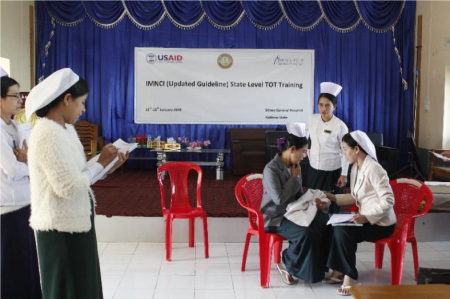
“It was really lucky to have our village’s health staff trained,” said Daw Bamon Sao, whose two-year-old daughter was treated at Ham Ngaing Rural Health Center.
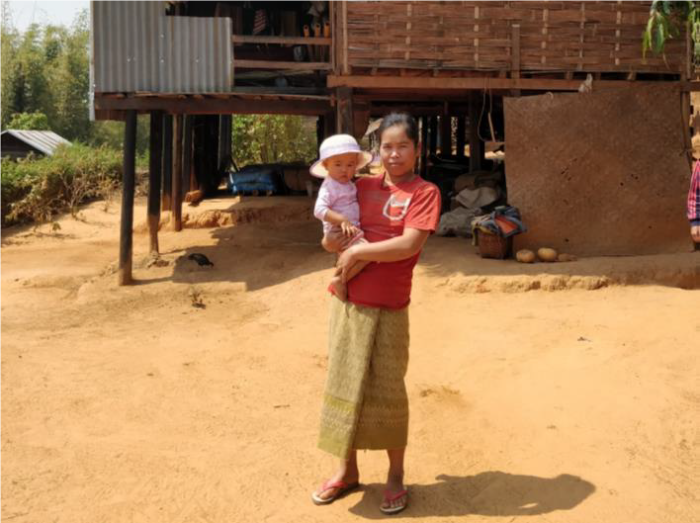
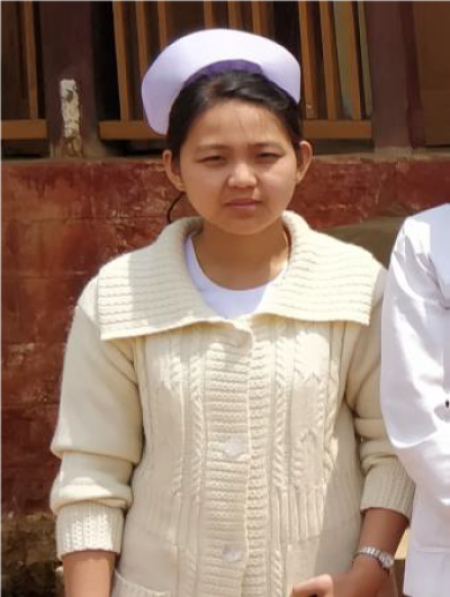
Sao brought her youngest child from their remote farm to Daw Nang Hla Myint, an auxiliary midwife in her village who works under the umbrella of the nearby Ham Ngaing rural health center (RHC). Sao explained that her daughter had a fever and was refusing food and irritable. Three days of traditional medicine at home had left the girl vomiting and very weak, her mother said.
Myint examined the child, and suggested the three travel together to Ham Ngaing RHC for proper treatment. There, Midwife Daw Win Nilar assessed the child and discovered she had one of the four danger signs discussed during her IMNCI training as well as a very high fever.
IMNCI training is similar to F-IMNCI training, but with less focus on emergency triage and more focus on identification of danger signs and referrals for very sick children. With IMNCI training, the aim is to enable community-level health workers to assess danger signs and refer to the facility level, if needed.
With Nilar’s clinical assessment, the girl was urgently referred to the nearest township hospital, where she was admitted and treated. Four days after her hospital admission, the child had fully recovered and was discharged.
“The baby was lucky as I had received the training recently and I could apply the knowledge directly,” Nilar said. “I will continue implementing the IMNCI approach in the future. The training has helped to save lives of people living in rural areas.”
Early case detection followed by prompt treatment and referrals – combined with preventive measures – is essential for reducing neonatal, infant, and under-5 child mortality rates. In Burma, newly trained health workers at both facility and community levels are now promptly and effectively managing newborn and childhood illnesses, helping to reduce needless deaths.
Sao’s joy and relief make plain what is being achieved as these efforts are scaled up: “The baby might have died if she had not been urgently transferred or properly treated. Thank you to everyone for helping us.”
